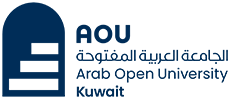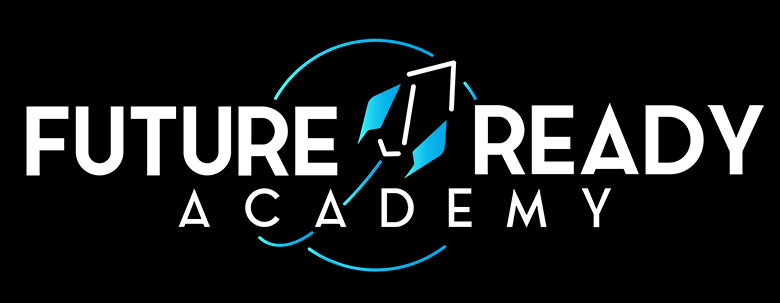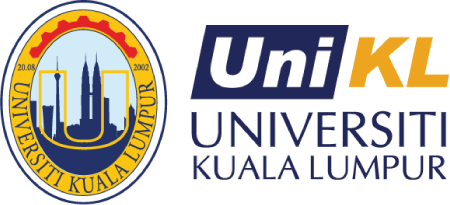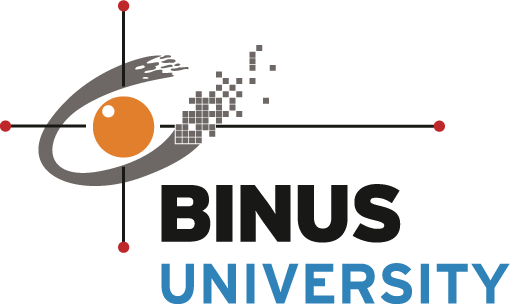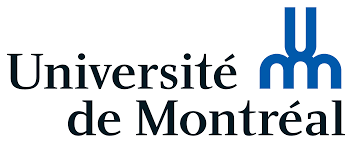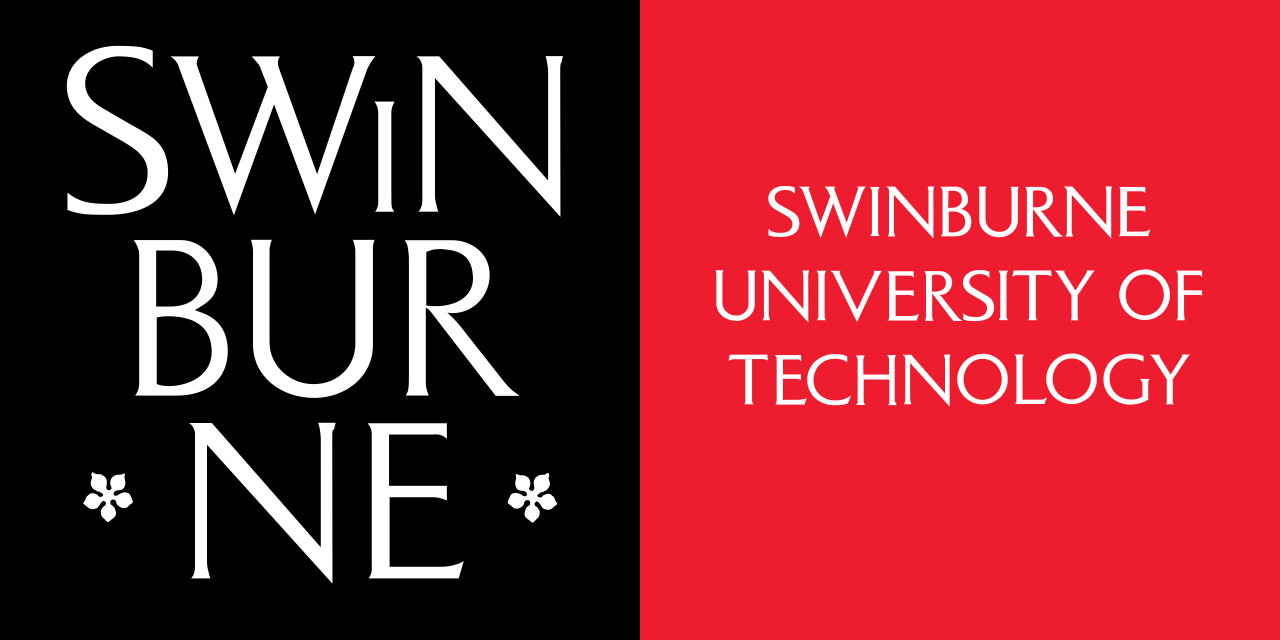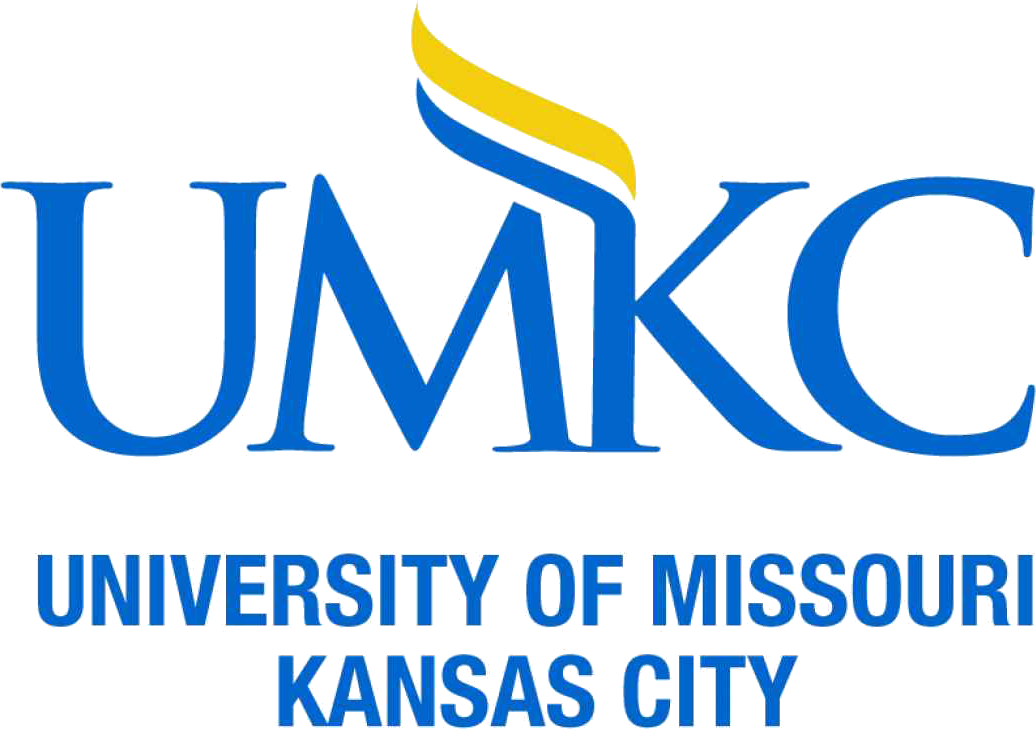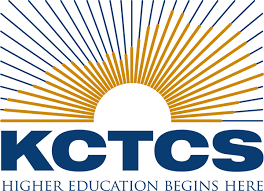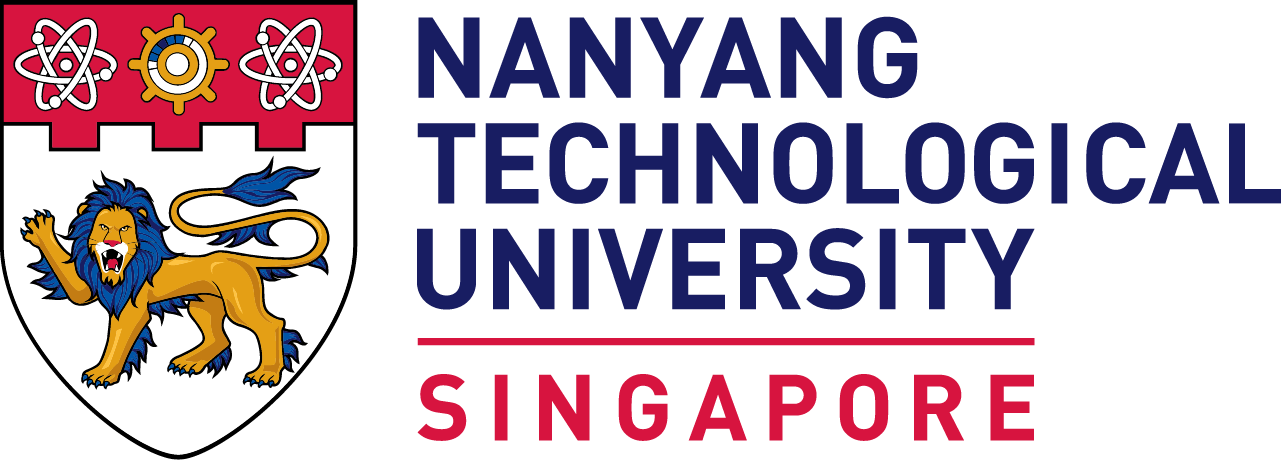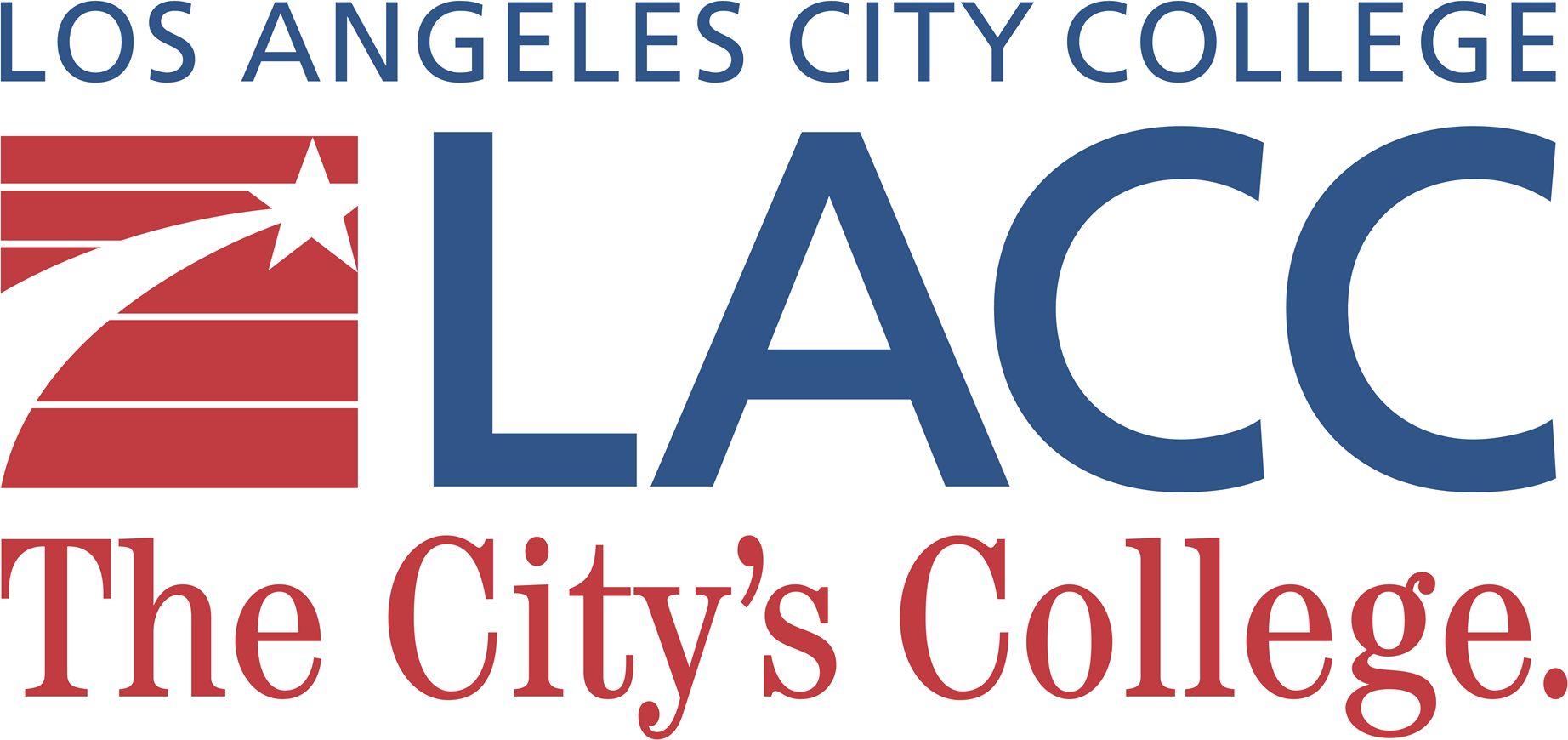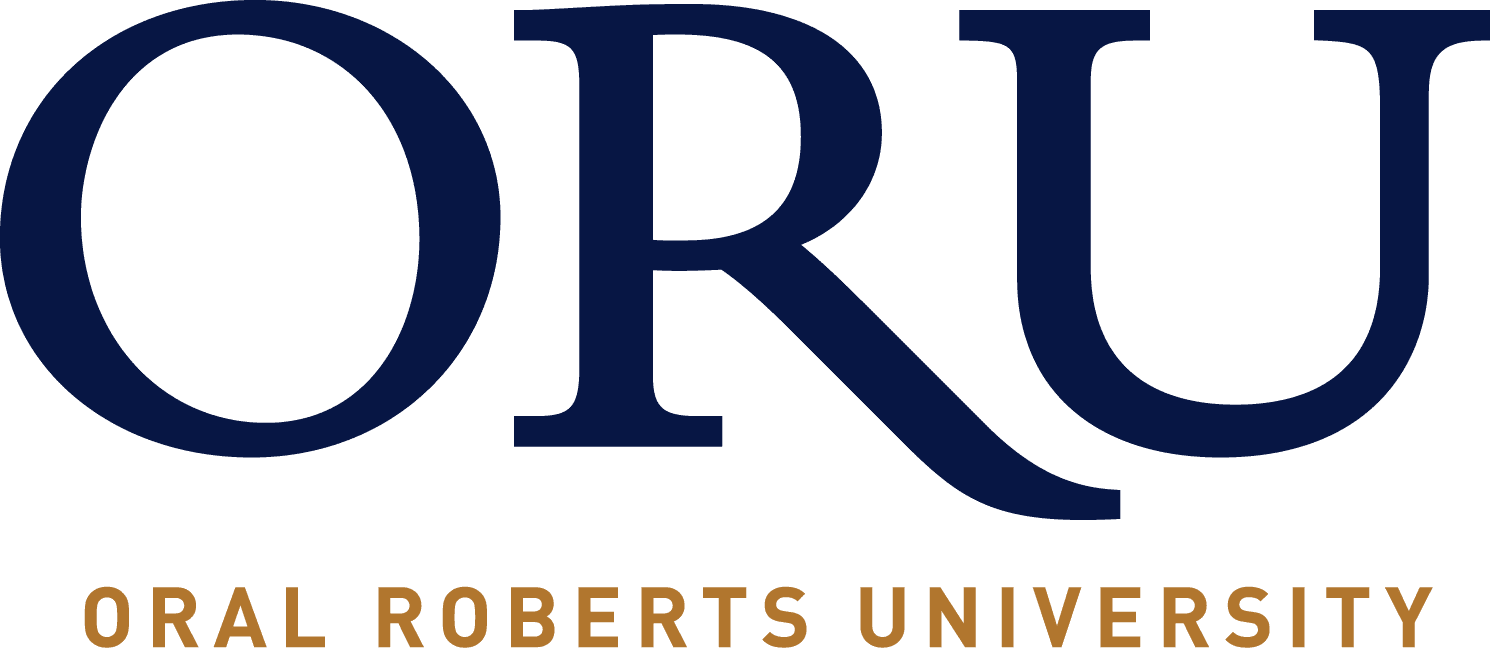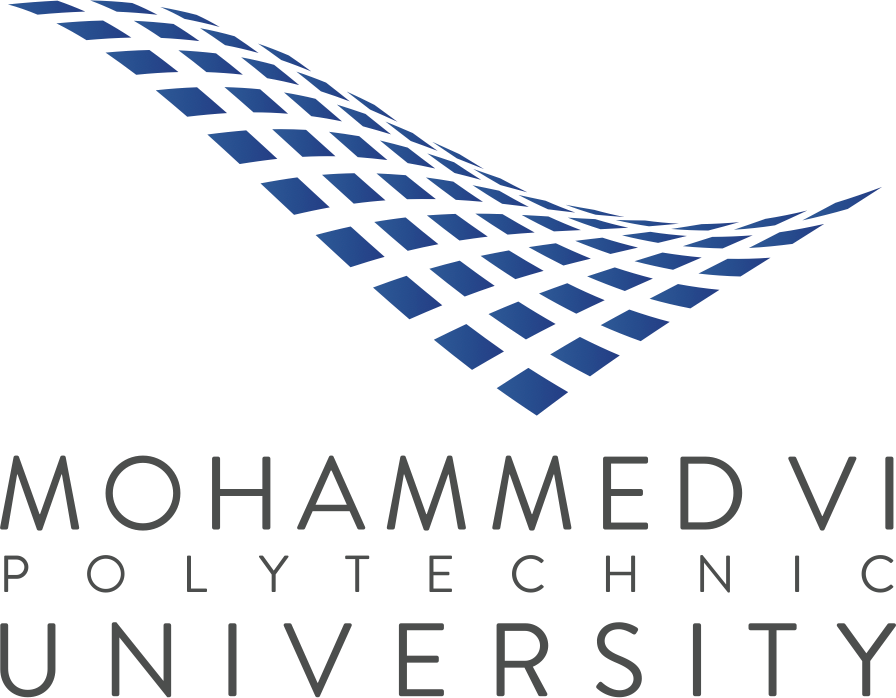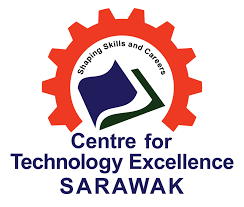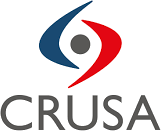Knowledge Portal with Floating Annotations:
- An engaging hero image showcasing pediatric medical professionals in action.
- 10 floating knowledge portals each detailing crucial pediatric techniques with:
- Relevant images of equipment, procedures, and patient care scenarios.
- Text explanations of common pediatric conditions, treatments, and techniques.
- Videos of expert pediatricians demonstrating best practices.
- An AI avatar guiding users through the process of pediatric assessments and care.
3-D Model Integration:
- Access to detailed 3D models from EON’s library, such as pediatric anatomy and medical tools.
- Custom models of pediatric facilities if a default isn’t available.
- Examples include a 3-D model of a pediatric stethoscope or a neonatal incubator.
- Option to integrate personal models like unique pediatric medical tools.
Annotations for the 3-D Model:
- Detailed annotations on pediatric tools and equipment.
- IntelliScan provides instant information on pediatric medicine-related images from Q1 2024.
- Option to add personalized annotations on rare pediatric conditions.
Assessment Creation:
- Comprehensive quizzes covering pediatric conditions, treatments, and diagnostic methods.
- Future quizzes will test knowledge on child patient interactions, medical ethics, and more.
AI Generated Universal Skill Simulator:
- Interactive sessions on pediatric medical procedures.
- AI avatar demonstrates pediatric CPR, neonatal care, and more.
- Real-time feedback during skill demonstrations, such as administering vaccines to children.
Interactive Simulation Scenarios:
- Real-life scenarios such as handling pediatric emergencies.
- AI-driven simulations on managing fevers, respiratory conditions, etc.
- Creation of bespoke pediatric scenarios using Eon Interact.
Incident Simulation:
- Simulations on managing unexpected incidents in pediatric care.
- AI-driven examples include allergic reactions, sudden pediatric cardiac arrests, etc.

